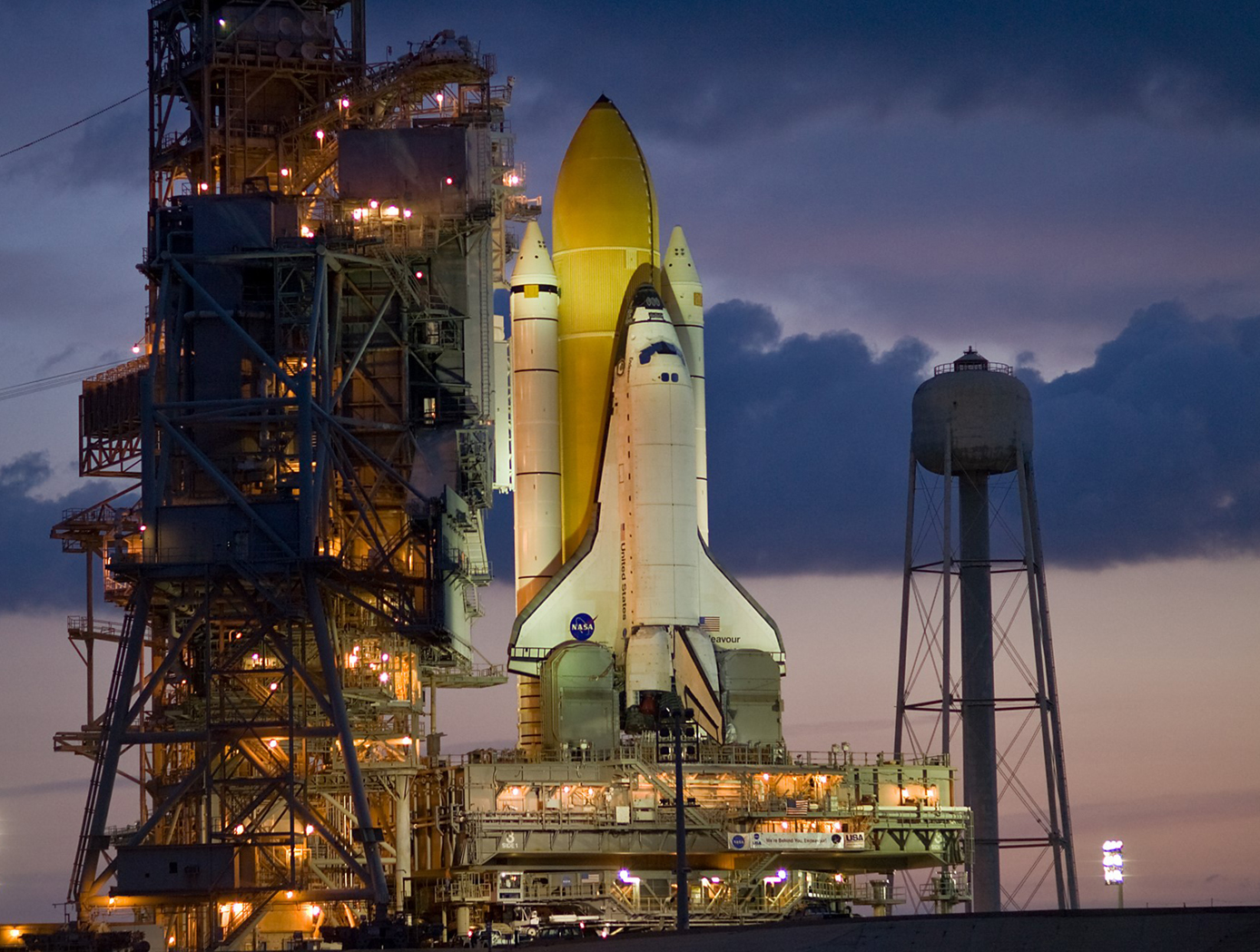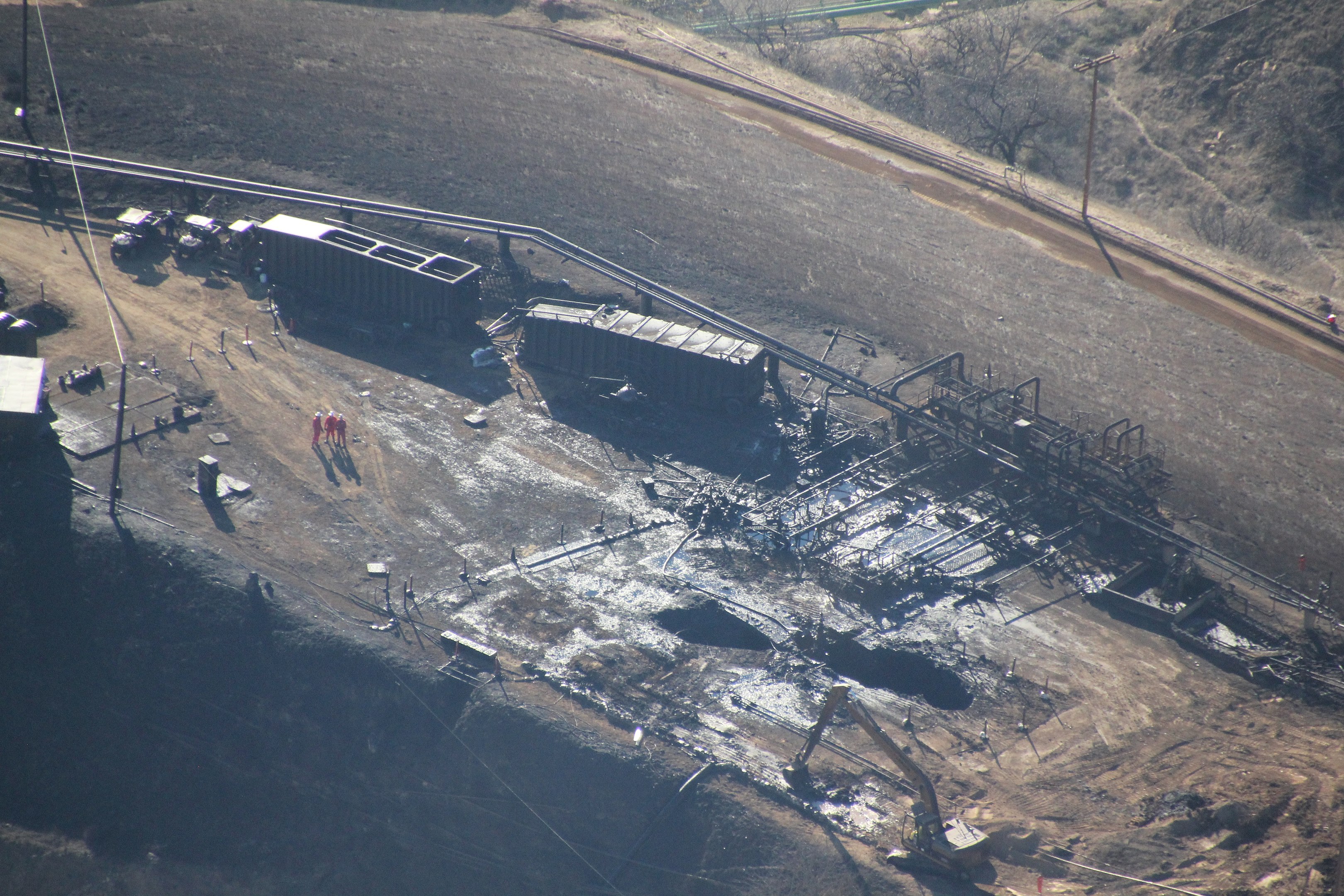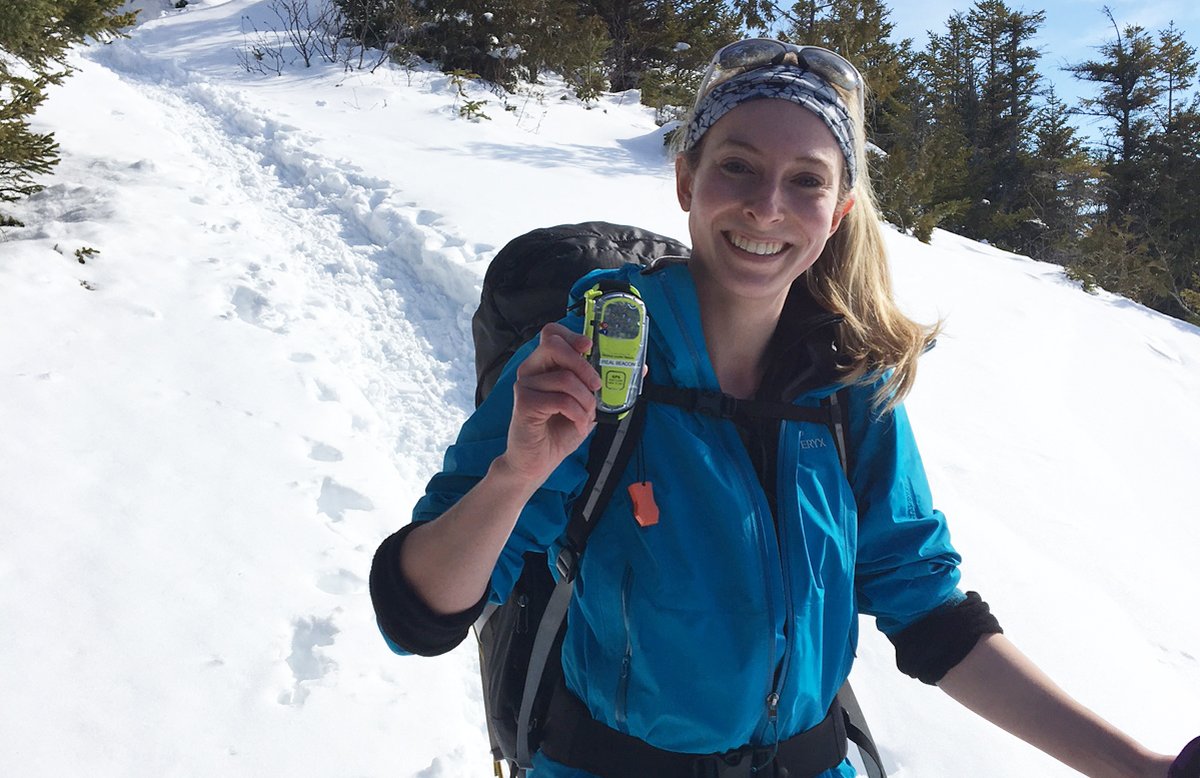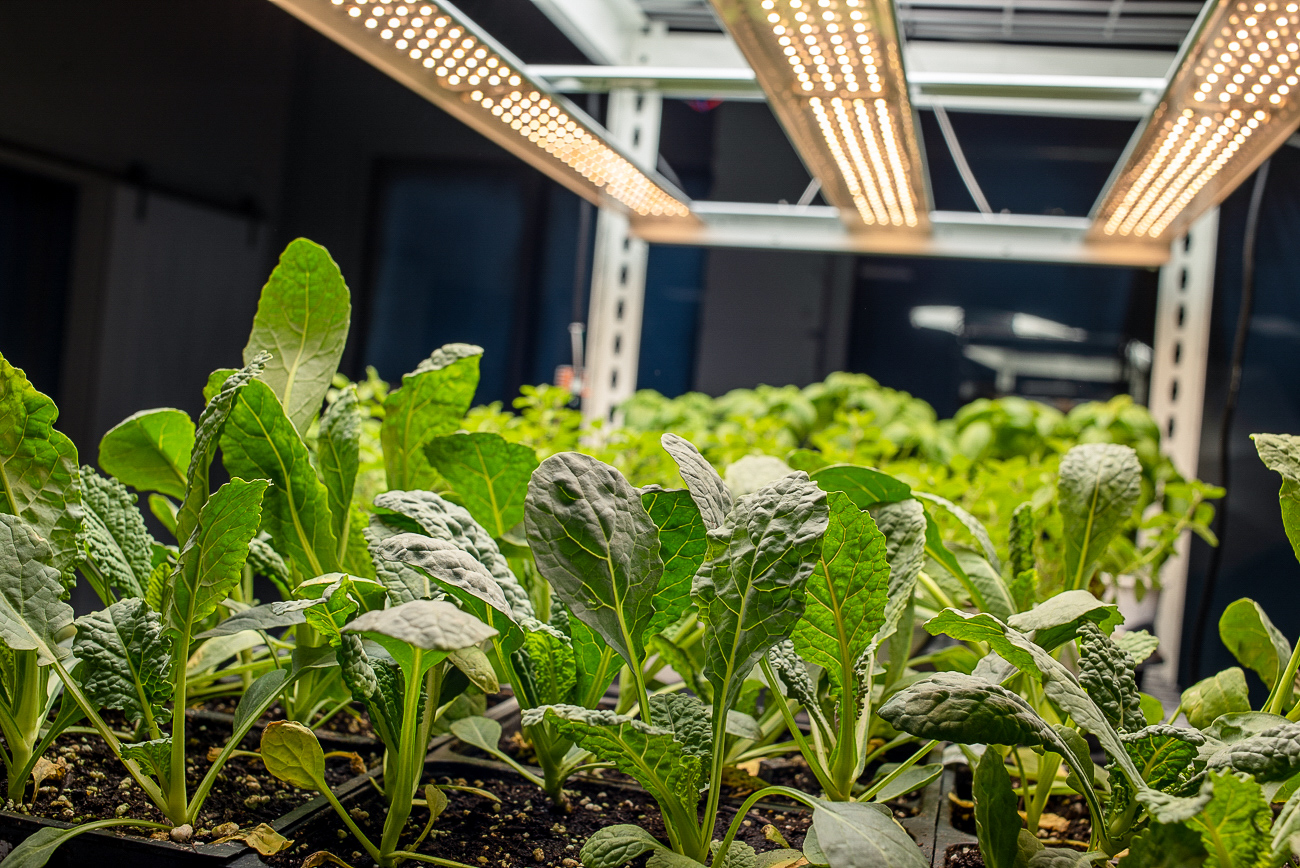
What goes up must come down. That’s a fundamental law of physics. It’s also a guiding principle for NASA. Research and development to support exploration of our universe, both in our own atmosphere and among the stars, must also serve life on our home planet.
The Space Shuttle Program captured our imagination during the construction of the first orbiting space station over 20 years ago, and that effort gave rise to more than 100 new technologies. The regular schedule of flights led to significant innovations resulting in many products we rely on today.
Wake Up Call

Even before you awaken, shuttle technology is cleaning the air you breathe. Opening a window can improve indoor air quality, but pollen and pollutants also ride in on a breeze. NASA technologists had to deal with multiple air-quality challenges in a spacecraft.
It started with an effort to eliminate the plant hormone ethylene from the air around plants in growth chambers. Without gravity to move the air, ethylene accumulated around plants, causing premature withering. Photocatalytic oxidation solved that problem.
When ultraviolet light hits titanium dioxide, a naturally occurring chemical compound installed inside a filtration device, it releases electrons. Those combine with oxygen and water molecules in the surrounding air, attracting organic contaminants, causing reactions that turn them into carbon dioxide and water. The process also destroyed volatile organic compounds and other harmful or odor-causing chemicals, mold spores, bacteria, and viruses.
Several companies – including Aerus Holdings, Respicare, and TFI Environmental Company Inc. – employ photocatalytic oxidation. Licenses for the technology from NASA, which are still available for interested individuals or companies, made it possible to expand their customer base from hospitals and offices to home use. A healthier home environment results from an air purifier you could easily walk past on your way to the kitchen to grab some breakfast.
In a cupboard where a daily vitamin is kept, there could also be a bottle of medicine developed with research conducted on a shuttle mission – an osteoporosis treatment.
An estimated 44 million aging Americans experience osteoporosis bone degeneration. Similarly, astronauts lose bone mass during extended space flights due to lack of gravity. So a shuttle carried a drug research experiment developed by Amgen Inc.
Sclerostin is a protein secreted by bones that notifies the body to dial down the formation of new bone. The sclerostin antibody allows the body to continue making bone cells. Mice that received the antibody before going into space had increased mineral density and improved bone structure and strength by the time they returned. The medication, combined with good nutrition and exercise, is helping people live with osteoporosis
Out and About

Before heading out for a hike to get some of that exercise, you might pull on gear to stay warm longer in colder weather. A thin layer of insulation between layers of fabric could include fibers infused with aerogel.
When NASA needed a means to keep cryogenic fuels cool in Florida, it considered aerogels, but they were too fragile for the insulation the agency needed. The first aerogels were made by removing all the moisture from a gel, usually made of silica, leaving the solid structure intact. The resulting material is almost entirely air, pocketed in tiny chambers, weighing next to nothing and nearly impervious to heat. So NASA funded a private company to devise a flexible insulating blanket including aerogel around and between fibers.
In addition to keeping cryogenic fuels cool in Florida, Aspen Aerogels now supports multiple cold-weather gear manufacturers with the raw material for new aerogel insulation created by PrimaLoft. Hats, gloves, jackets, boots, even sleeping bags use the ultra-lightweight fibers infused with aerogel to retain body heat. That is especially important if the hike is going to be up a mountain and last a few days.
The demand for this lightweight insulated gear has made it possible for existing product lines to expand. But the opportunity to fill a gap in the market exists, and it can begin with an Aerogel evaluation license from NASA.
Another important piece of hiking gear, an emergency transponder, makes it possible to find stranded adventurers. Finding people in distress, whether on a mountainside or somewhere on the ocean, is the purpose of the Search and Rescue Satellite Aided Tracking (Sarsat) system
Satellite tracking of distress signals replaced radio systems because it took relatively few satellites to provide near-global coverage. A simple tone at a specific frequency can be picked up by an orbiting satellite. Because of the satellite’s motion, the signal frequency changes as it flies over the beacon (this is known as the Doppler effect), making it possible to translate that signal into location data for rescuers.
When it was time to build the U.S. infrastructure to receive distress signals transmitted by satellites, NASA commissioned Techno-Sciences Inc. to develop ground stations. With more satellites than antennas, the ground network had to make complex decisions about which satellites to track at any time. To do that, NASA turned to a commercial version of a computer program used for selecting shuttle payloads.
To coordinate the right mix of mission activities for dozens of flights, NASA required a Systems Tool Kit (STK). The program generated optimized mission timelines based on input tasks, resources, priorities, and constraints. The commercial scheduling program created by Orbit Logic, called STK Scheduler, considers Sarsat’s limited number of antennas to generate a pointing schedule. This ensures the highest accuracy for locating distress signals.
The system works. More than 10,000 people in the United States and more than 48,000 worldwide, have been saved since the first ground stations began operations in 1982.
Home Again, Home Again

The need for search and rescues happens far less often than a flat tired on the drive home. An early warning about low tire pressure can prevent them. NASA needed one of those systems, too.
The shuttles couldn’t get service calls in orbit, so their landing tires had to be reliable. Each was some four and a half feet in diameter. If one were flat, the other tire on the same side would blow, and two blown tires would mean rolling on the rims until they were destroyed, potentially causing a shuttle to roll off the runway.
NASA commissioned a miniature pressure sensor on a silicon chip that mounted inside a tire to alert pilots if the pressure dropped. Meeting agency requirements for the extreme conditions of space travel made it rather simple to adapt the technology for conditions on Earth. Amphenol Advanced Sensors created a similar sensor for car tires that sold by the millions, mostly for U.S. passenger vehicles.
Now tiny sensors that light up a dashboard warning for low tire pressure is a standard feature for many vehicles. The fanciest models can even give a real-time pressure reading for each tire. And the LED lights that might power that warning light, your headlights, and even the lamps waiting to light your return home have a connection to NASA.
While the shuttle astronauts constructed the space station, engineers on Earth were developing the technology to replicate some of the comforts of home for astronauts. Some, like lighting, required more than a light bulb that would last a long time.
LED technology developed to provide high-intensity, solid-state lighting systems for plant-growth experiments on shuttle flights worked well. And because LED technology is so efficient, it consumed nearly 50% less electricity than that of high-intensity discharge lamps previously used in greenhouses.
Shuttle experiments also helped the agency understand the need to improve lighting for astronauts on long-term missions. Experiencing over a dozen sunrises and sunsets each day disrupts an astronaut’s biological clock, potentially leading to sleep deprivation. Eliminating a particular light spectrum that can reduce melatonin production, a hormone that helps to maintain the body’s natural body clock, supports better sleep.
BIOS Lighting produces lamps and lightbulbs within specific light wavelengths to support wakefulness and sleep patterns. Healthe Inc. (pronounced “healthy”) offers adjustable LED circadian-rhythm lights. And VividGro provides specialized lights for flower and vegetable growth. The benefit of bright lights that use less power continue to replace conventional lighting, and a license for NASA LED technology can shorten the time to launch for more lighting options.
Shuttle Spinoffs
This handful of inventions represents an impressive legacy for the museum pieces that once regularly flew into space. The shuttle flights continue to contribute to the development of innovative technologies through published research, datasets, and the expertise of former NASA employees and contractors.
The agency has been transferring this technology and more to the private sector since 1976. With over 2,000 products and services improving life on Earth, it’s the longest-running and one of the most productive missions. Check out more Spinoffs to see which ones you might have at home and work.
Looking to start a new business or add a new product line with a NASA heritage? While some technologies developed by the agency are ready to go to market, others only need the right entrepreneur to get them ready to fill an unmet need.
Explore the technologies from the space shuttle and more in the NASA Patent Portfolio.




